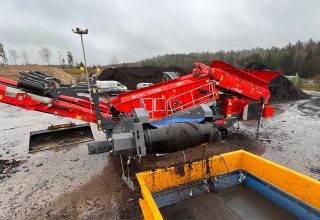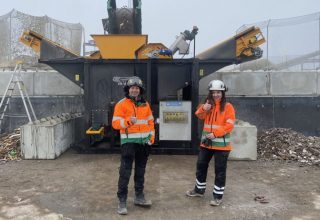Reducing waste in landfills
Recycling excavated soil is good for the environment in several ways. Firstly, it can reduce the amount of waste going to landfills, as the material from the excavated soil is recovered and used in a different way. This can lead to a reduction in the size of landfills and the amount of waste that needs to be stored there, which in turn can contribute to a better environment.
Less reclamation
Recycling excavated material can also reduce the need to mine new material for use as aggregate or fill. This can lead to a reduction in the environmental impacts of mining and quarrying, such as pollution and destruction of natural areas.
Reduced transportation
In addition, the recycling of excavated soil can contribute to a reduction in climate impact, as it can reduce the need to transport new materials over long distances to be used as aggregate or fill. This can lead to a reduction in emissions of CO2 and other greenhouse gases.
Save costs and reduce environmental impact
Recycling of excavated soil can be done by several different methods. Unless the excavated soil contains complex contaminants, it is easy to recycle the soil on site, saving the contractor significant costs and reducing the environmental impact considerably.



